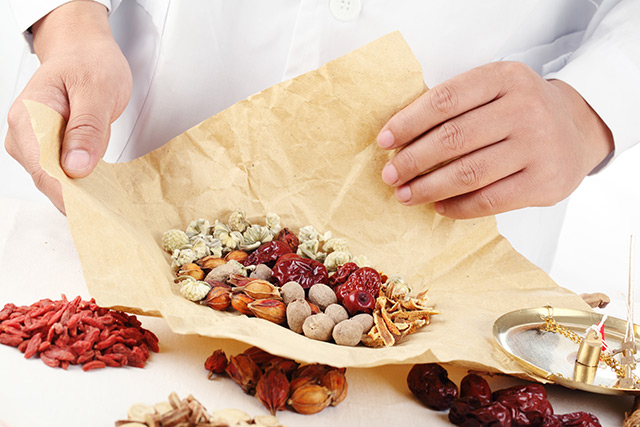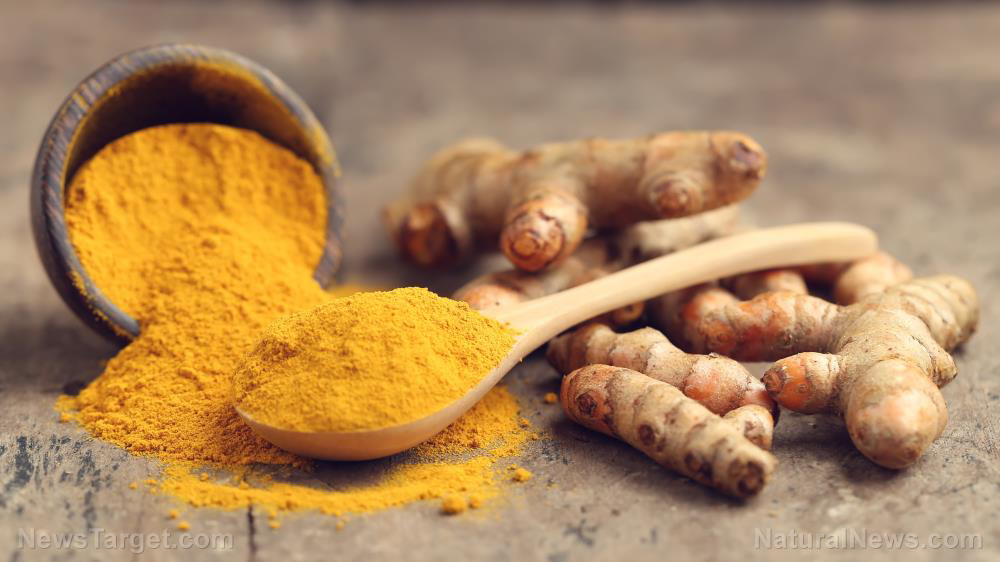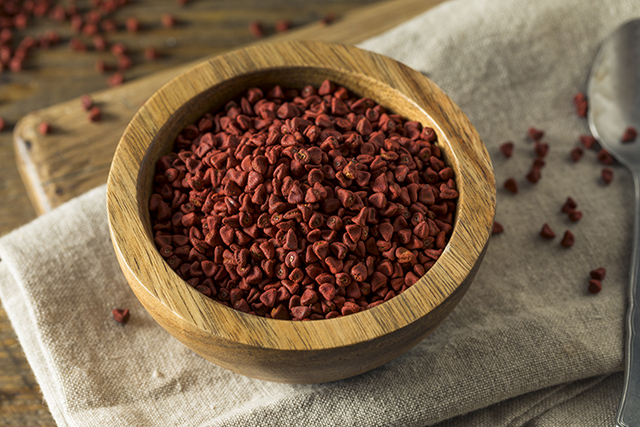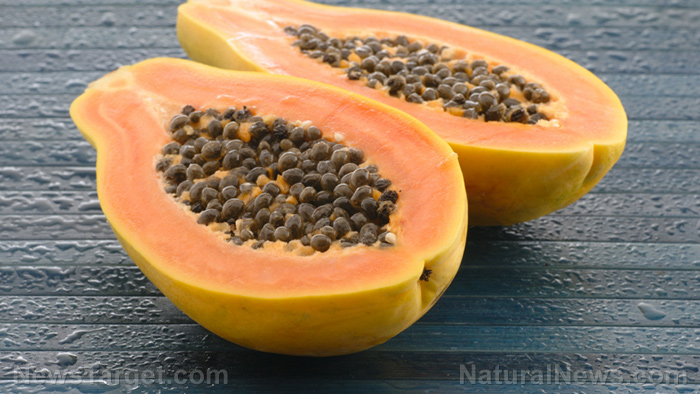Native people around the world have used a class of plants called bryophytes for a variety of medicinal remedies
03/25/2018 / By Frances Bloomfield

Bryophytes are a group of plants that consist of mosses, liverworts, and hornworts. To you, they may be nothing more than garden decorations. But to a multitude of tribal communities all over the world, bryophytes are plants prized for their powerful medicinal properties.
According to a team of investigators from the Govind Ballabh Pant University of Agriculture and Technology, there are at least 50 bryophytes with ethno-medicinal applications. Identifying these plants entailed going through many online scientific databases and books, both online and offline.
Their efforts led them to discover that these peoples may have gauged the medicinal value of certain bryophytes through the doctrine of signatures. This ancient medical theory states that plants resembling certain body parts can be used to remedy the ailments of those body parts. An example of this would be the orobus-seed liverwort (Targionia hypophylla). The Irula people, an aboriginal ethnic group inhabiting the Indian states of Kerala and Tamil Nadu, turn to this plant when they need to treat children afflicted with scabies and rashes. The plant’s thallus appears similar to skin covered in the aforementioned skin conditions. (Related: New hope for Alzheimer’s disease: scientists find way to make brain-saving compound found in rare moss.)
Of course, bryophytes aren’t just used for skin diseases. As the researchers found out, bryophytes of all kinds were and are still being utilized for mild and severe ailments. These include:
- Fever: Marchantiaceae, a family of liverworts, is prized in Traditional Chinese Medicine as antipyretics. Marchantia convoluta, a liverwort found only in China, is especially valued for this purpose. Mosses like bird’s-claw beard-moss (Barbula unguiculata) and hedwig (Haplocladium microphyllum) are used in a similar manner.
- Heart problems: Rhodobryum giganteum, a widely distributed moss, is used as a preventive and curative measure for cardiovascular issues like hypertension and angina. Cratoneuron filicinum (Hedw.) Spruce is thought to be good for general heart diseases.
- Wounds: People who sustained wounds could have these injuries treated with liverworts or mosses. Some common ones include Reboulia hemisphaerica (L.) Radd (stated to be ideal for external wounds and bruises), Mnium Hedw. sp. (a poultice from this can reduce the pain from wounds), and Sphagnum sericeum Mull. Hal. (the antimicrobial properties make it suitable as wound dressing).
Mother Nature's micronutrient secret: Organic Broccoli Sprout Capsules now available, delivering 280mg of high-density nutrition, including the extraordinary "sulforaphane" and "glucosinolate" nutrients found only in cruciferous healing foods. Every lot laboratory tested. See availability here.
On top of all these, other researchers throughout the decades have uncovered a few other surprises in bryophytes. As per the study authors, these plants have since been proven to contain an abundance of anti-cancer compounds. Marchantin A, taken from Marchantia palacea, M. tosana, M. polymorpha, and riccardin, taken from Riccardia multifida, have been shown to possess cytotoxic qualities that are effective against leukemic KB cells. Diplophyllin, which is from the liverworts Diplophyllum ablicans and D. taxifolium, is notably potent against epidermoid carcinoma. A compound extracted from Plagiochilla fasciculatae is believed to inhibit P338 leukemia cells. The exact mechanisms behind the anti-cancer activities of these compounds has yet to be studied in full. But the promise they hold for people battling cancer is truly exciting.
Do bryophytes have any downsides? Just like many other medicinal plants, they do. A few Frullania species are known to cause potent allergic contact dermatitis. Forest workers and wood cutters who’ve had the misfortune of touching these plants have experienced contact dermatitis, making them causes of occupational contact dermatitis too.
Yet even with these side effects, the researchers stated that the medicinal value of bryophytes is immense. After all, bryophytes are used as antipyretics, heart treatments, wound dressings, and much more. Additionally, some of the compounds extracted from bryophytes could pave the way for future cancer treatments.
“The plant derived natural products occupy an important place in the area of cancer chemotherapy because of minimal side effects,” they wrote in their study, which you can view in full here.
If you’d like to read up further on different medicinal plants, visit Herbs.news.
Sources include:
Tagged Under: alternative medicine, Ancient medicine, bryophytes, Herbs, hornworts, liverworts, medicinal herbs, mosses, natural cures, natural medicine, natural remedies, plant-based remedies, Plants, remedies, TCM, traditional Chinese medicine




















